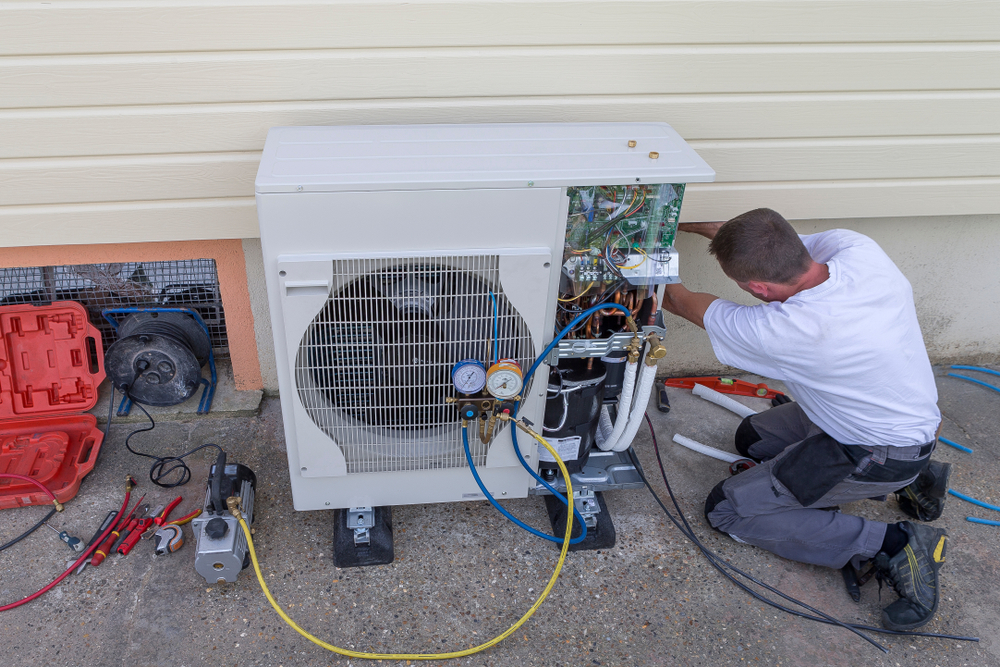As winter approaches and temperatures drop, ensuring your home is equipped with a reliable heating system becomes paramount. Whether you're upgrading an existing system or installing heating for the first time, the process can seem daunting. In this comprehensive guide, we'll walk you through the steps of heating installation, from planning and preparation to completion and maintenance.
Assess Your Heating Needs
The first step in heating installation is to assess your home's heating needs. Consider factors such as the square footage of your home, the climate in your region, the energy efficiency of the system, and your budget. Understanding your heating requirements will help you choose the right system for your home.
Choose the Right Heating System
Once you've assessed your heating needs, it's time to choose the right heating system for your home. Options include furnaces, boilers, heat pumps, and ductless mini-split systems. Consider factors such as fuel availability, installation requirements, and long-term maintenance when making your decision.
Hire a Professional HVAC Technician
Heating installation is a complex process that requires specialized knowledge and expertise. It's essential to hire a qualified HVAC technician to handle the installation safely and correctly. Look for technicians who are licensed, insured, and experienced in installing the type of heating system you've chosen.
Complete the Installation Process
Once you've hired a professional HVAC technician, they will take care of the installation process from start to finish. This typically involves removing old equipment (if applicable), preparing the installation area, installing the new heating system, connecting it to the thermostat, and testing the system to verify proper operation.
Maintain Your Heating System
After the installation is complete, it's essential to maintain your heating system to ensure optimal performance and longevity. Schedule regular inspections and tune-ups with a qualified technician, change or clean air filters regularly, keep vents and registers clear of obstructions, and monitor thermostat settings to maintain a comfortable indoor temperature.
In conclusion, heating installation is a significant investment that requires careful planning and professional expertise. By assessing your heating needs, choosing the right heating system, hiring a qualified HVAC technician, completing the installation process, and maintaining your heating system properly, you can ensure a smooth and successful installation and enjoy reliable warmth and comfort in your home for years to come.
